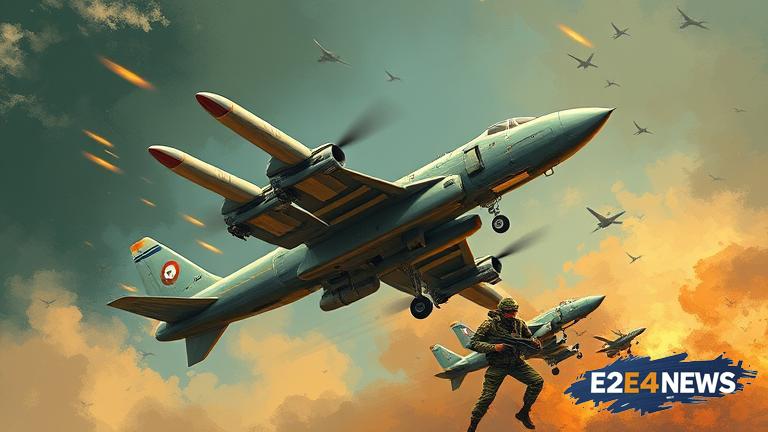The Indian Army is undergoing a significant transformation in its approach to counter the evolving threats from its two neighboring countries, Pakistan and China. The traditional playbook of relying on conventional military strength is being replaced by a more agile and technologically advanced strategy. This shift is driven by the need to respond quickly and effectively to the changing dynamics of modern warfare. The Indian Army is now focusing on developing its capabilities in areas such as missile technology, drone warfare, and special operations. The use of missiles, such as the BrahMos and the Prithvi, is being expanded to provide a more effective deterrent against enemy forces. Additionally, the Indian Army is investing heavily in the development of drone technology, including the use of unmanned aerial vehicles (UAVs) for surveillance and reconnaissance. The deployment of special forces, such as the Para Commandos and the Ghatak Platoons, is also being increased to provide a more flexible and rapid response capability. These commandos are being trained to conduct a range of operations, from counter-terrorism to deep strike missions. The Indian Army is also placing a greater emphasis on the use of cyber warfare and electronic warfare to disrupt enemy communications and command systems. Furthermore, the army is investing in the development of advanced surveillance systems, including satellite imaging and signal intelligence. The use of artificial intelligence (AI) and machine learning (ML) is also being explored to enhance the army’s decision-making capabilities. The Indian government has allocated significant funds to support the modernization of the army, with a focus on indigenous development and production. The private sector is also being encouraged to participate in the development of defense technologies, with several major companies already involved in the production of military equipment. The Indian Army’s new approach is being driven by the need to respond to the rapidly changing security environment in the region. The threat from Pakistan-based terrorist groups remains a major concern, while the increasing military presence of China in the region is also a cause for concern. The Indian Army’s ability to respond quickly and effectively to these threats is critical to maintaining national security. The use of advanced technologies, such as missiles and drones, will provide the army with a more effective deterrent capability. The deployment of special forces will also provide a more flexible response capability, allowing the army to conduct a range of operations in a more rapid and effective manner. The Indian Army’s modernization efforts are expected to continue over the coming years, with a focus on developing a more agile and technologically advanced force. This will enable the army to respond more effectively to the evolving security threats in the region and to maintain national security. The Indian government’s commitment to supporting the modernization of the army is a positive step towards ensuring the country’s security and defense capabilities. The private sector’s involvement in the development of defense technologies will also help to drive innovation and reduce dependence on foreign suppliers. Overall, the Indian Army’s shift towards a more agile and technologically advanced approach is a significant development in the country’s defense strategy, and one that is expected to have a major impact on the region’s security dynamics.
